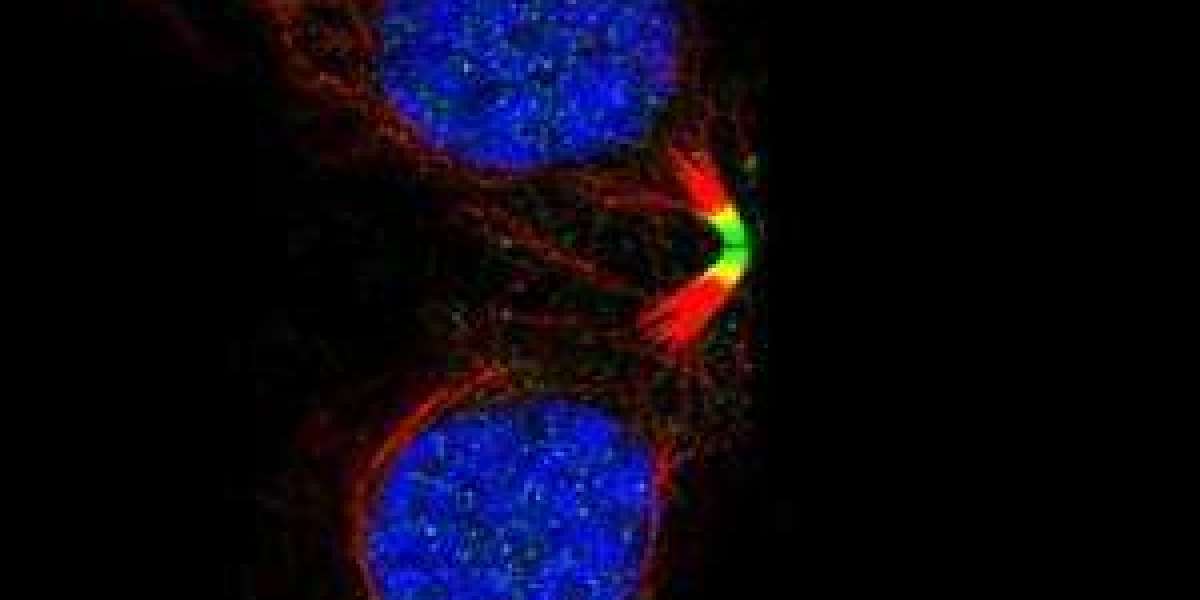? Non-IgG Antibody Half-life Extension
1. Why Half-life Extension Matters
Native IgG benefits from a long serum half-life (~21 days in humans) because of the neonatal Fc receptor (FcRn)-mediated recycling pathway.
Non-IgG isotypes (e.g., IgA, IgE, IgM, IgD) generally have much shorter half-lives:
IgA: 5–6 days
IgE: 2–3 days
IgM: ~5 days
IgD: <3 days
Short half-life limits their clinical utility despite powerful effector functions.
2. Strategies for Half-life Extension in Non-IgG Antibodies
? A. Fc Engineering & FcRn Pathway Adaptation
IgG’s Fc binds FcRn → rescues antibody from lysosomal degradation.
Non-IgGs lack strong FcRn interactions, but engineering can introduce FcRn-binding motifs:
IgA Fc engineering to confer FcRn binding → prolong circulation.
IgE Fc modifications under exploration (though careful tuning is needed to avoid hypersensitivity).
? B. Fc Fusion with IgG Domains
Chimeric antibodies: Fuse non-IgG variable regions (e.g., IgA, IgE, IgM) with IgG Fc to exploit FcRn recycling.
Example: IgA–IgG hybrid antibodies (retain IgA mucosal activity + IgG half-life).
? C. PEGylation & Chemical Modifications
Covalent attachment of PEG chains reduces renal clearance.
PEGylation can mask degradation sites, increase hydrodynamic radius, and extend half-life.
Limitation: May reduce effector function or introduce immunogenicity.
? D. Albumin Fusion / Conjugation
Human serum albumin (HSA) has ~20-day half-life (FcRn-dependent).
Fusing or conjugating antibodies (or Fc fragments) to albumin extends circulation.
Example: IgA–albumin fusions tested in preclinical models.
? E. Alternative Scaffold & Multimer Engineering
IgM pentamer/hexamer: naturally larger, but still cleared quickly. Engineering modifications (glycosylation tuning, Fc modifications) may slow clearance.
Nanobody–Fc fusions or bispecific designs that include FcRn-binding modules.
? F. Glycoengineering
Modifying N-glycans on Fc or CH regions to influence clearance.
Example: Sialylation may protect against rapid clearance in IgA and IgM.
3. Therapeutic Relevance
IgA antibodies
Attractive for mucosal infections (respiratory, gastrointestinal).
Half-life extension strategies crucial for systemic IgA therapies.
IgE antibodies
Unique effector functions (high-affinity FcεRI binding, tumor surveillance).
Half-life extension could enable therapeutic IgE in cancer immunotherapy (e.g., MOv18 IgE trials).
IgM antibodies
Natural complement activators; used in infectious disease and oncology.
Stabilization & half-life extension are critical to make IgM viable as drugs.
IgY (avian IgG analogue)
Useful in diagnostics & oral immunotherapy. Engineering for half-life could expand therapeutic applications.
4. Challenges
Immunogenicity: Introducing FcRn-binding or PEG may trigger immune responses.
Maintaining function: Modifications must not impair effector functions unique to each isotype.
Manufacturability: Large isotypes (IgM, IgA) are more complex to produce consistently.
✅ In summary:
Non-IgG antibody half-life extension is an active research area, employing strategies such as FcRn pathway engineering, Fc fusion, PEGylation, albumin fusion, multimer design, and glycoengineering. These innovations are crucial for unlocking the therapeutic potential of IgA, IgE, IgM, and other non-IgG antibodies in areas like mucosal infection, oncology, and immunotherapy.



